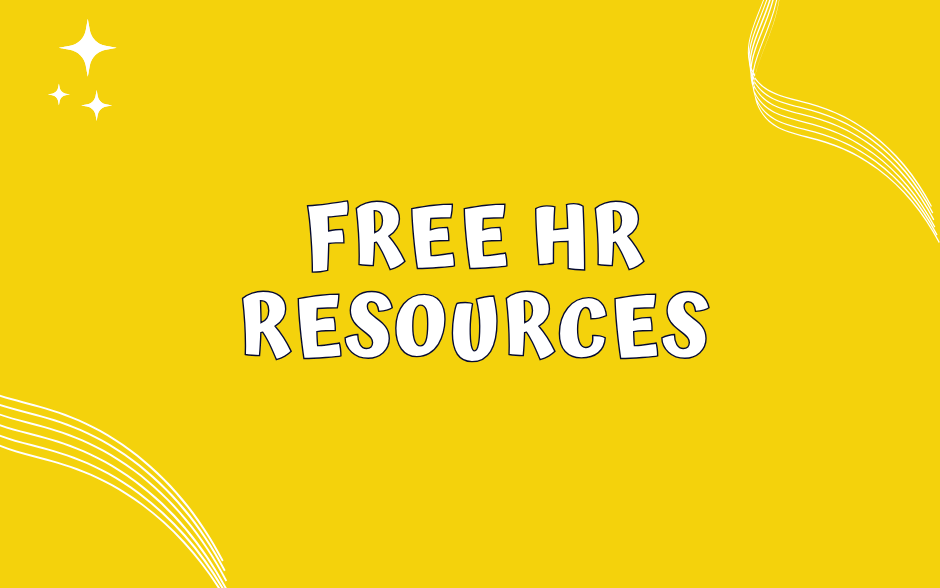Recognising and Overcoming CEO Burnout
Recognising and Overcoming CEO Burnout
Being the CEO is one of the most exhilarating jobs you can have. But it’s also one of the most draining. The constant push for growth, the pressure from investors, the responsibility for every decision… it can feel like you’re living inside a pressure cooker.
Burnout among CEOs isn’t just common, it’s becoming the norm. And it’s not only damaging for the individual, it’s damaging for the business. A burnt-out CEO makes poorer decisions, struggles to inspire their team, and often creates ripple effects that hit performance across the whole organisation.
The good news? Burnout can be recognised early and addressed before it derails both you and your company. Here’s how to spot the signs and what to do about it.
Why CEOs Are at High Risk
Unlike most jobs, being a CEO combines relentless external pressure with intense personal responsibility. You’re accountable to your board, your investors, your staff, and your customers and if you’re in a start-up, you’re probably also the chief income generator, strategist and fire-fighter rolled into one.
Three factors make burnout particularly common at CEO level:
-
The isolation of leadership – it’s hard to be vulnerable when you’re supposed to be “the strong one.”
-
The relentless pace of the market – tech especially demands constant pivots, learning, and adaptation.
-
The weight of responsibility – you carry the entire business on your shoulders, and that’s exhausting.
No wonder research shows that over half of senior leaders report feeling burnt out.
Recognising the Signs of Burnout
Burnout doesn’t arrive overnight. It builds slowly until you realise you’re no longer yourself. Some key signs include:
-
Emotional exhaustion: Struggling to find energy or enthusiasm, feeling drained at the start of every day.
-
Declining performance: More mistakes, slower decision-making, and difficulty thinking strategically.
-
Cynicism and detachment: Losing patience with colleagues, feeling disconnected from the mission, or withdrawing from the team.
-
Physical symptoms: Sleep problems, headaches, and stress-related health issues.
Left unchecked, burnout can seriously damage both your wellbeing and your company’s future.
Five Strategies to Overcome CEO Burnout
1. Prioritise Self-Care (Without Guilt)
CEOs often see self-care as indulgent. It’s not. It’s an essential part of sustainable leadership. Sleep, exercise, and time away from your laptop aren’t “nice to haves” — they’re the foundations of good decision-making. Treat them like business-critical priorities, not afterthoughts.
2. Delegate and Empower
One of the fastest paths to burnout is trying to do it all yourself. Build trust in your leadership team by giving them real responsibility. Delegation doesn’t just reduce your workload; it develops leaders around you and makes your organisation more resilient.
3. Create Boundaries Between Work and Life
It’s tempting to be “always on,” but blurred lines destroy focus and recovery. Set rules that protect your downtime — no emails after 8pm, no back-to-back days without a break, holidays that are actual holidays. And model this behaviour so your team knows balance is valued.
4. Build a Resilient Leadership Team
Strong CEOs don’t lead alone. They surround themselves with leaders who can shoulder pressure too. Invest in leadership development across your senior team — resilience training, coaching, emotional intelligence. When the load is shared, you don’t collapse under it.
5. Normalise Mental Health and Support
Burnout thrives in silence. Create a culture where wellbeing is openly discussed, where support (from counselling to coaching) is available, and where vulnerability isn’t seen as weakness. When you lead by example, your team feels safe to do the same.
Real-World Lessons
Some of the world’s most visible leaders, from Elon Musk to start-up founders you’ve never heard of, have admitted to burnout. The difference between those who recover and those who crash is whether they take it seriously.
CEOs who step back, prioritise their health, and empower their teams often return sharper, more creative, and more effective. Those who don’t? They either quit or take their company down with them.
Final Thoughts
CEO burnout isn’t just a personal health issue. It’s a leadership issue, a performance issue, and a culture issue. If you want to grow your business for the long term, you can’t afford to run yourself into the ground.
Recognise the signs early. Put systems in place — self-care, delegation, boundaries, strong leadership teams, and open conversations about wellbeing. Not only will you protect yourself, but you’ll also set a model for your entire organisation.
A healthy CEO leads healthy teams. And healthy teams build companies that last.






